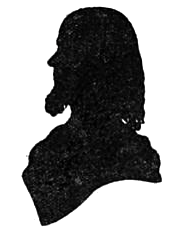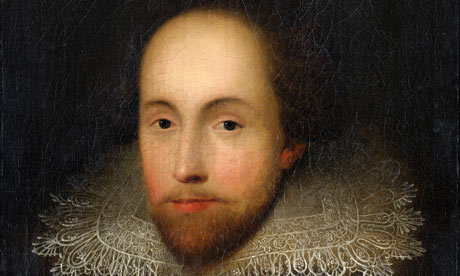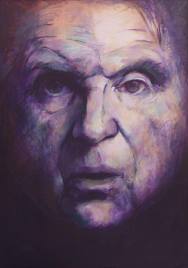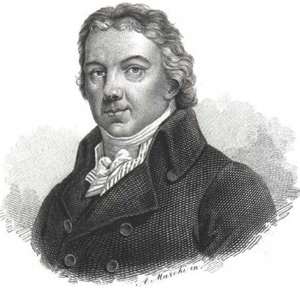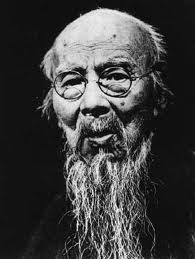A Frenchman famed for his silhouette art.
The origins of silhouette go back to Classical antiquity, and there is evidence of its emergence at the end of the Seventeenth century as an art form in Europe, but its heyday was through to be the Eighteenth century and into the early years of the nineteenth century.
Silhouette took its name from the French Minister of Finance, Etienne de Silhouette (1709-1767). It was his hobby to cut profiles from black paper. A silhouette is an outline of an object against the light, commonly a profile portrait in black. The term usually refers to the side view of the head. The earliest silhouettes were possibly cut from black paper with scissors, but the art is thought to have achieved its greatest heights with the painted silhouette, and these became the finest miniatures. Original portraits were life size.
Probably the most famous Silhouettist of all, credited with over 3800 silhouettes. Well known for group portraits in shadow.
In addition to recording meticulous details in the silhouettes he created, August Edouart also kept a folio of duplicates recording the cuttings for over 100,000 sitters during his twenty-four year career. He was traveling in the fall of 1849 on the American Ship Oneida, which was wrecked off the coast of England. Only a few of the l00 duplicate books could be saved. The only American Duplicate Book which named and dated many prominent families who were member of the Society of Friends was ultimately acquired by the Friends Historical Library of Swarthmore College.

